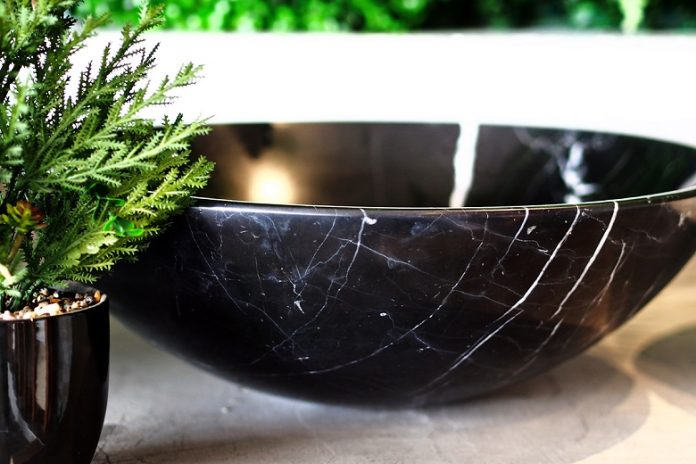Marble is a material of timeless beauty, loved and admired throughout the ages, closely linked to the evolution of human civilisations.
Used in the most prestigious artistic experiences, from Ancient Greece to the neoclassical age, marble has always expressed non-ephemeral values and living feelings of humanity. Each marble slab, by the way, is a unique piece, even if cut from a single block, and this certainly provides marble with the power to give personality to the environment in which it is used.
Marble over the centuries: grandeur and wealth
Much of the history of Italian art owes its centuries-long fame to the marble of the Apuan Alps, starting with the numerous Christian buildings adorned with marble architectural decorations. These include the Baptistery of Florence, the Cathedral of Santa Maria del Fiore and the Giottesco Bell Tower, the Florentine Basilicas of Santa Croce and Santa Maria Novella, the Collegiate Church of Empoli, the Cathedral and Baptistery of Pisa, and the Cathedral of Siena.
Throughout two millennia, from its origins to the present day, marble production has undergone numerous changes at every stage: extraction method, transport, and processing techniques. Over the centuries, marble has proven to be a stone suited, like no other material, to constitute ‘the substance of eternal forms’, to quote the words of Gabriele D’Annunzio in his hymn to Apuan marbles. It is no coincidence that the last decade has seen a doubling in worldwide production and use of this stone. It is, in fact, a material with an extra edge, not only from a technological and functional point of view and in terms of aesthetics and decoration but also with a symbolic interpretation.
No other materials have the same value and, simultaneously, the same use versatility.
The icon of luxury: marble in luxury furnishing
Marble will never go out of fashion: today it is chosen by many interior designers who favour it for its characteristics. In addition to constituting a prestigious element that embellishes any environment in which it is inserted, marble is nowadays used to create alternating games between innovation and tradition in furnishings, to make spaces less heavy and more youthful.
New technologies in terms of marble processing make this stone manageable in all kinds of shapes, lightening it and possibly making it easier to work.
Today, marble is available in numerous colours up to the most eccentric and unbelievable. Marble is particularly suitable for the bathroom area, for example, for floors, walls and furnishing components such as bathtubs, washbasins and so on; in kitchens, too, marble is used on countertops, often in the form of a single block – round or rectangular, to make sumptuous dining tables. Similarly, used for staircases, marble always leaves one speechless, especially when combined with a marble fireplace, making any flat a place of class.
Marble innovation: new frontiers in its use
Today, architecture is increasingly oriented towards the need for systematic standardisation and, in some cases, even tends towards prefabricated module use. However, the role played by stone materials remains unchanged from an experimental point of view: externally, with panel elements for metal-supported walls or large pieces joined with cement and concrete, and internally, with thin standardised slabs used in both floor and wall coverings.
Today, thanks to a rapidly growing export business, in particular, due to the appreciation of the qualities of economy, durability and expressiveness typical of marble, also by buyers, this characteristic is beginning to spread to other countries, where large buildings and skyscrapers are increasingly being constructed clad with stone materials mainly from Italy or processed in Italy.
Source: www.marmomac.com






































